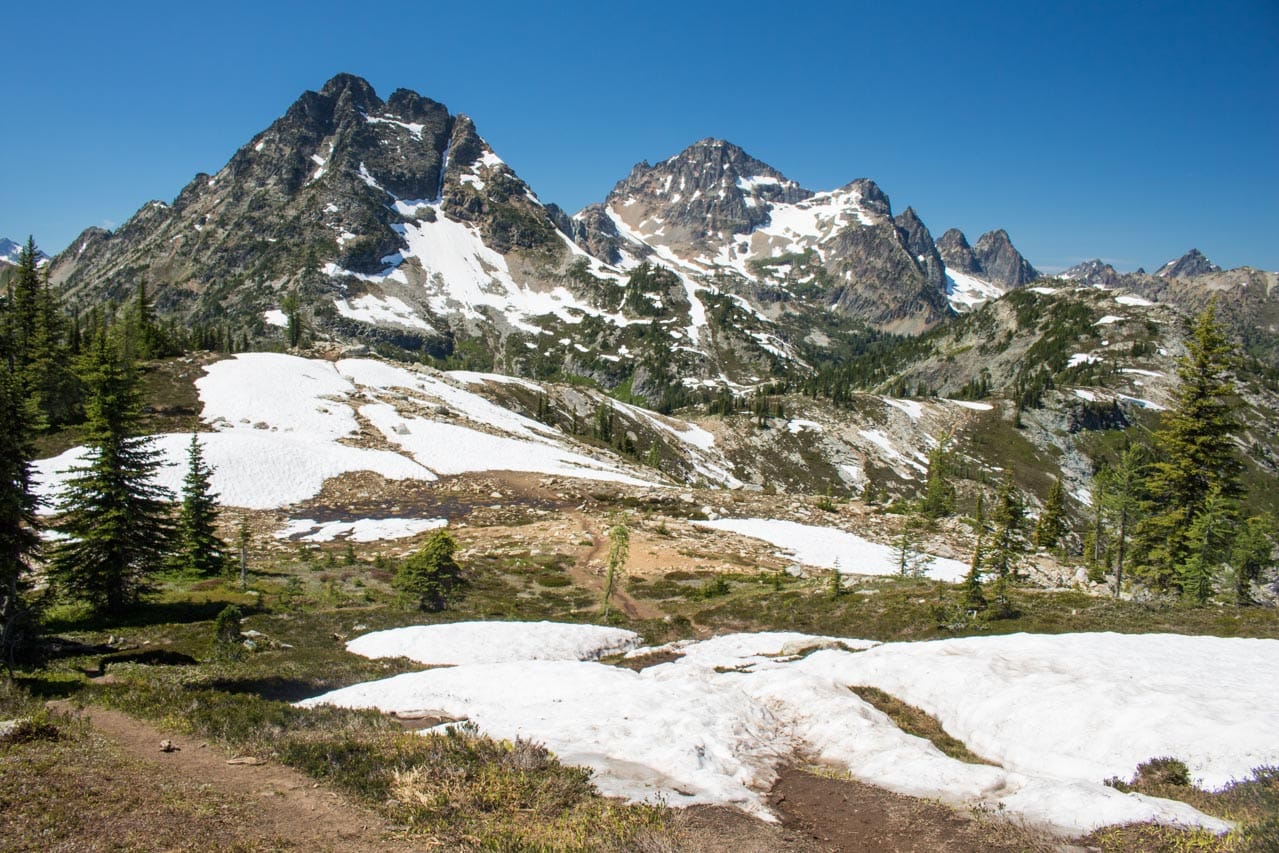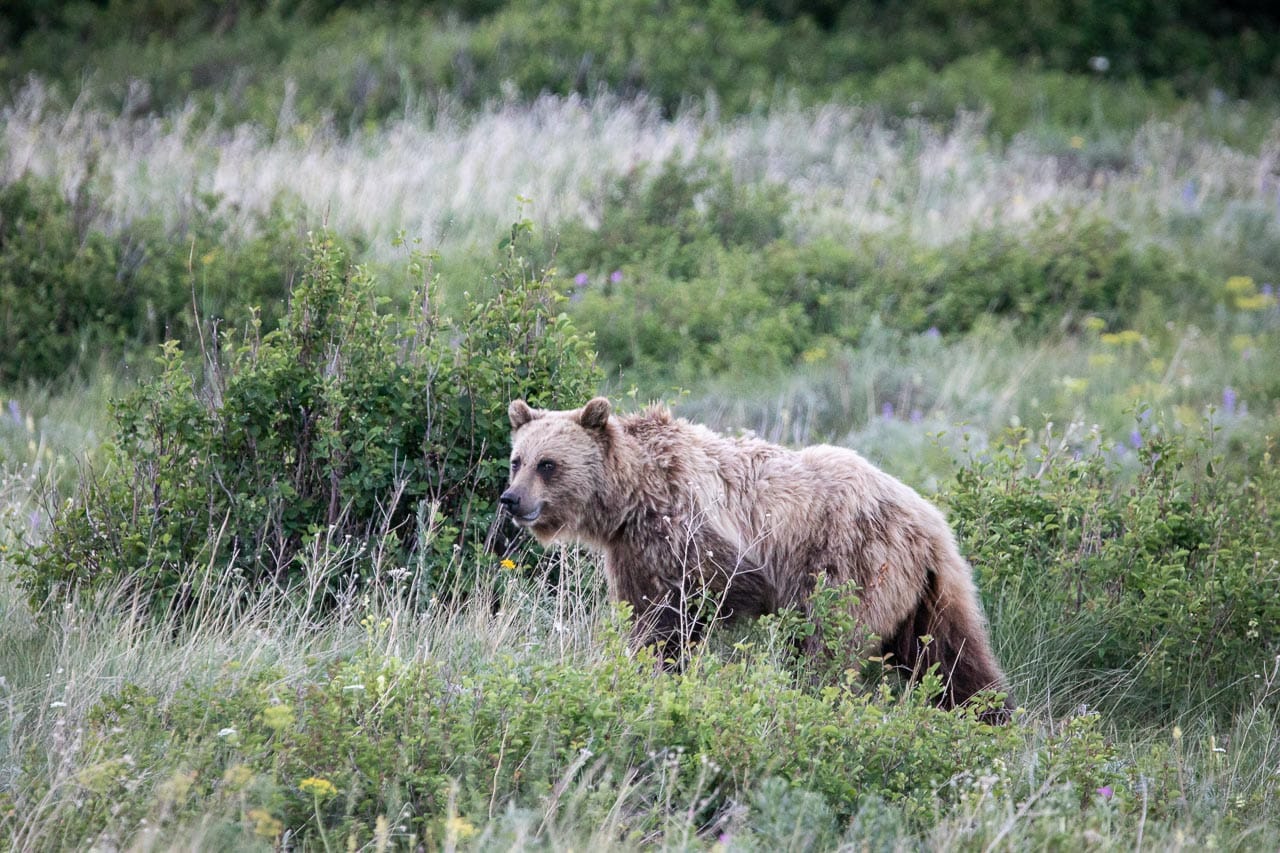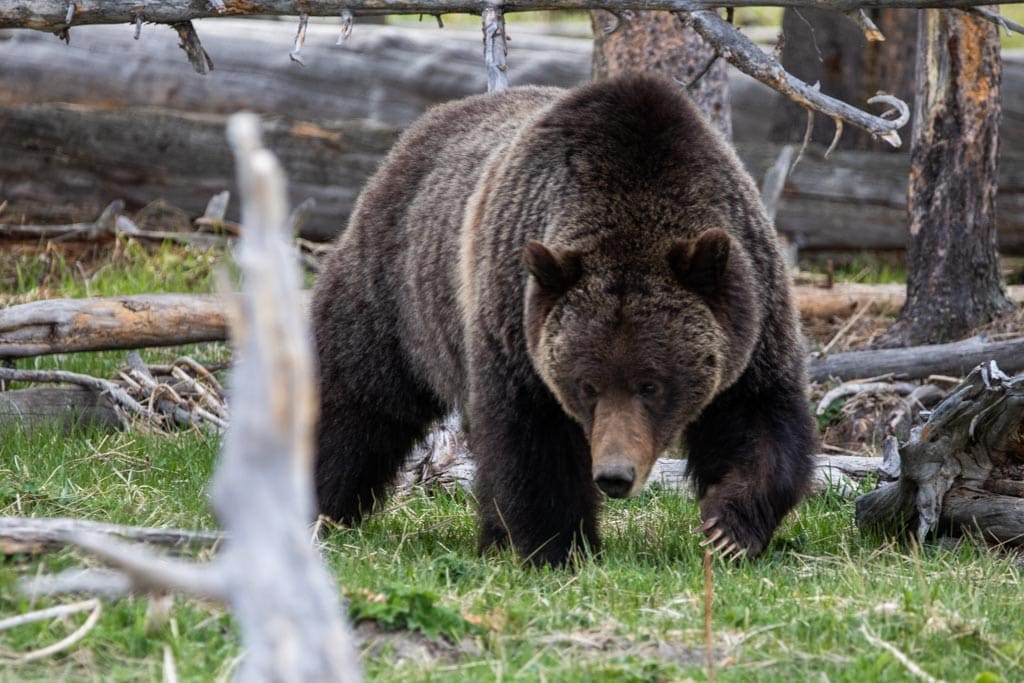Although the North Cascades are their historic home, grizzly bears haven’t been seen in the region since the mid-1990s.
Now, however, these magnificent animals are set to return to their ancient homelands, thanks to a joint restoration project by the National Park Service and U.S. Fish & Wildlife Service.
Agencies Announce Decision to Restore Grizzly Bears to the North Cascades
In a statement, the National Park Service and U.S. Fish & Wildlife Service have announced a decision to actively restore grizzly bears to the North Cascades of Washington, where the animals once roamed.
Grizzly bears occupied the North Cascades region for thousands of years as a key part of the ecosystem, distributing native plant seeds and keeping other wildlife populations in balance. Populations declined primarily due to direct killing by humans.
The last confirmed sighting of a grizzly bear in the U.S. portion of the North Cascades ecosystem was in 1996.

In the Record of Decision released today, agencies have decided to restore grizzly bears to the North Cascades ecosystem through the translocation of grizzly bears from other ecosystems in the Rocky Mountains or interior British Columbia. The decision is the culmination of an Environmental Impact Statement process that began in 2022.
Agencies will seek to move three to seven grizzly bears per year for a period of five to 10 years to establish an initial population of 25 bears.
Source populations have not yet been determined, but there are three viable regions from where grizzly bears could be relocated: the northern Continental Divide, the Greater Yellowstone Ecosystem, and interior British Columbia.

The U.S. portion of the North Cascades ecosystem is roughly 9,800 square miles in size, larger than the state of New Jersey, and contains some of the most intact wildlands in the contiguous United States.
The region encompasses spectacular places like North Cascades National Park, the Mt. Baker Wilderness, and Lake Chelan. Roughly 85% of the mountainous region is under federal management.
“We are going to once again see grizzly bears on the landscape, restoring an important thread in the fabric of the North Cascades,” said Don Striker, Superintendent of North Cascades National Park Service Complex.
Community Support Is Critical to Success of Grizzly Bear Recovery in North Cascades
Under the decision, grizzly bears in the North Cascades will be designated as a nonessential experimental population under section 10(j) of the Endangered Species Act.
The designation will provide authorities and land managers with additional tools for management that would not otherwise be available under existing Endangered Species Act regulations. The U.S. Fish & Wildlife Service will publish a final 10(j) rule in the Federal Register in coming days.
“The final 10(j) rule is based on extensive community engagement and conversations about how the return of a grizzly bear population in the North Cascades will be actively managed to address concerns about human safety, property and livestock, and grizzly bear recovery,” said Brad Thompson, State Supervisor for the U.S. Fish & Wildlife Service.
He added that “[the rule] provides an expanded set of management tools in recognition that grizzly bear recovery in the North Cascades is dependent on community tolerance of grizzly bears.”
Public feedback played a key role in the decision. During the fall 2023 public comment period, more than 12,000 comments were received on both the draft Environmental Impact Statement and a proposed 10(j) rule.
There is no set timeline for when translocation of grizzly bears to the ecosystem may begin. The National Park Service will publish updates on the park website and notify partners and the public of implementation plans as they develop.
View frequently asked questions about the grizzly bear restoration
View the Record of Decision
You can learn more about grizzly bears in the North Cascades here on the National Park Service website.

Grizzly Bear Safety in the North Cascades
With the return of grizzlies to the North Cascades National Park Service Complex comes, of course, the need to educate visitors about the potential dangers of recreating in bear country.
While grizzly bears don’t usually seek confrontation with humans, encounters do (and most likely will) occasionally occur. It’s absolutely crucial that you know how to behave when visiting areas that are home to grizzlies.
Generally speaking, these are the common guidelines regarding bear safety:
- Stay at least 100 yards from bears;
- Hike in groups of four or more people if possible;
- Always be alert—bears are active around the clock;
- Make noise in areas with low visibility, clap your hands, sing a song, talk loudly;
- Always carry bear spray and make sure you know how to use it.
- Keep a clean campsite, store all scented items in bear lockers or in a locked vehicle.
This blog post has much more information about grizzly bear safety.
